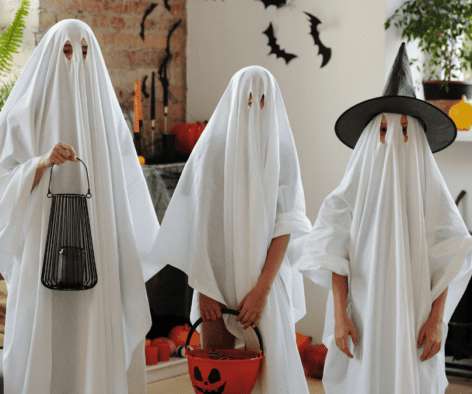Clarifying Copyright Fair Use in Commercialized and Licensed Visual Arts: Insights from Warhol v. Goldsmith
LexBlog IP
MAY 19, 2023
Clarifying Copyright Fair Use in Commercialized and Licensed Visual Arts: Insights from Warhol v. Goldsmith by Jaime Chandra Clarifying Fair Use in Commercialized & Licensed Visual Arts: Insights from the Warhol v. We’re talking about Andy Warhol Foundation for Visual Arts, Inc.













Let's personalize your content